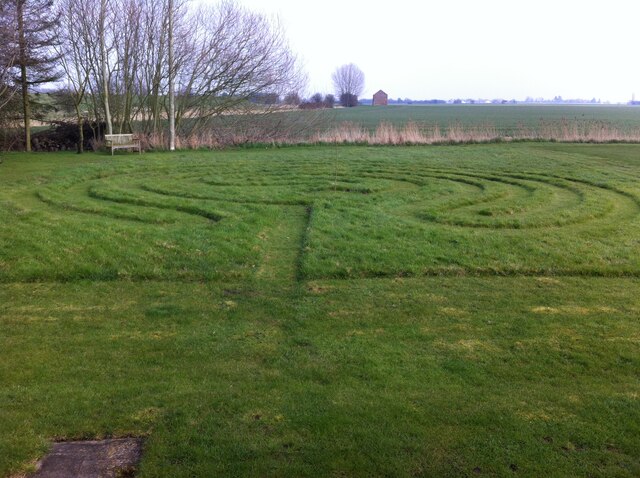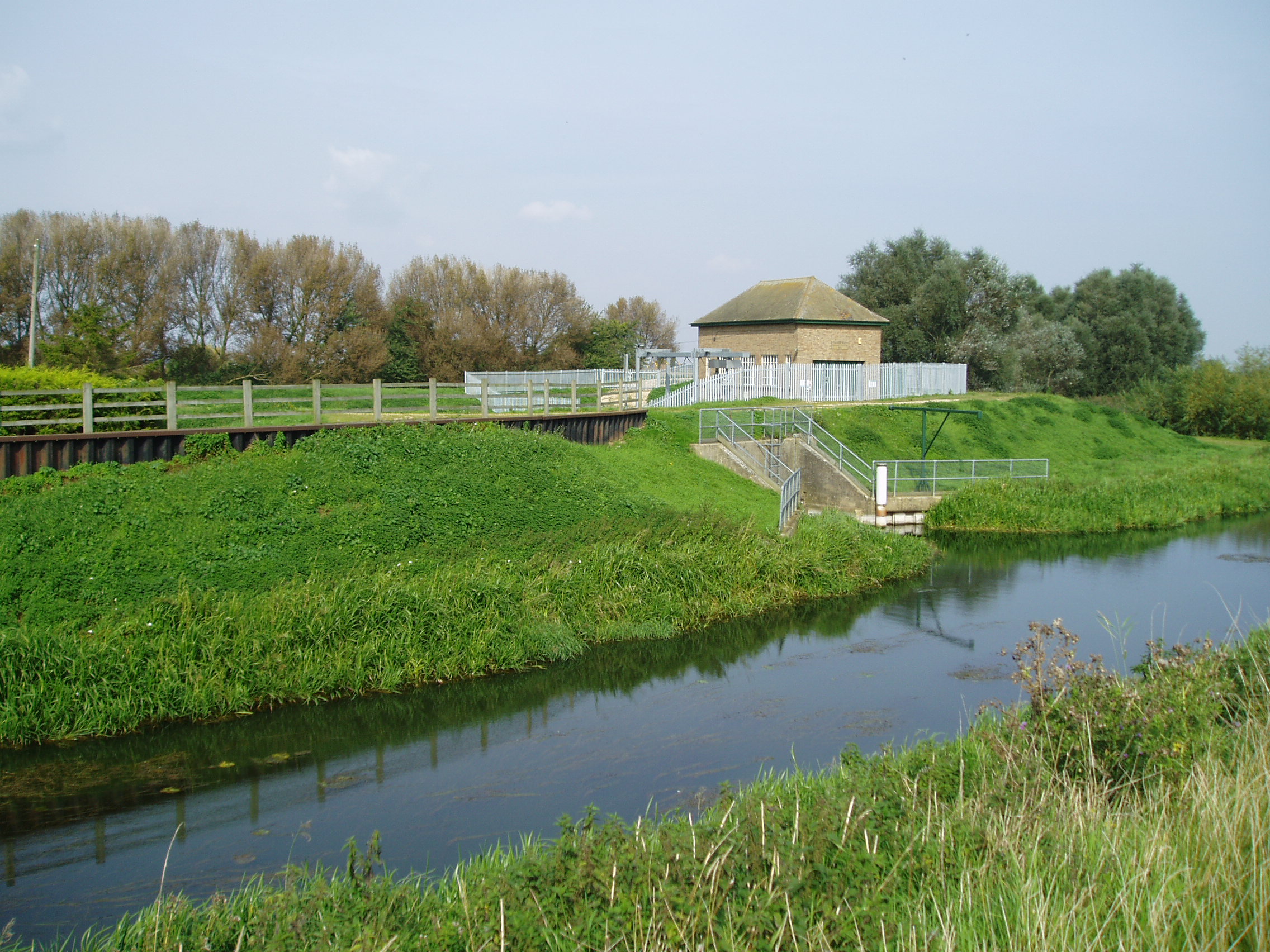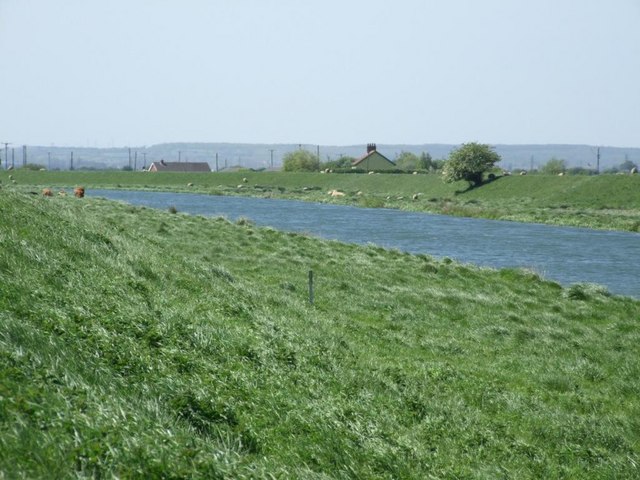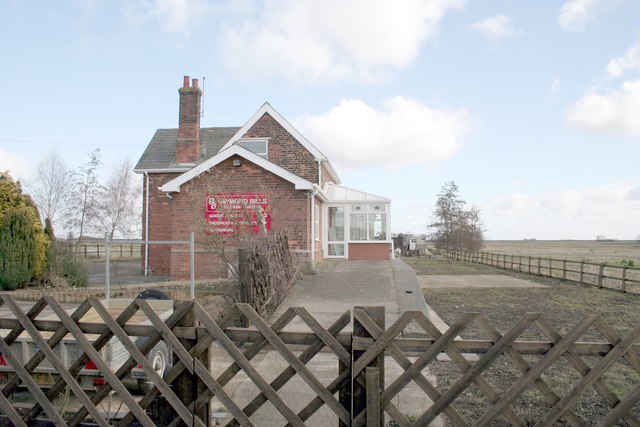Guthram Gowt
Settlement in Lincolnshire South Kesteven
England
Guthram Gowt

Guthram Gowt is a small village located in the South Holland district of Lincolnshire, England. Situated on the banks of the River Welland, it is approximately 4 miles east of the town of Spalding. The village is known for its picturesque countryside, with rolling fields and meadows surrounding the area.
The origins of Guthram Gowt can be traced back to medieval times when it was a vital crossing point on the River Welland. The village takes its name from Guthram, a Danish leader who once controlled this strategic location. Gowt refers to the sluice gate or drainage channel that was constructed to regulate water levels in the area.
Despite its small size, Guthram Gowt boasts a few notable landmarks. One such landmark is the Grade II listed Guthram Gowt Bridge, an elegant stone bridge that spans the River Welland. The bridge dates back to the 18th century and offers stunning views of the river and the surrounding countryside.
The village is primarily residential, with a mix of old cottages and more modern houses. The community is close-knit, with a friendly and welcoming atmosphere. While amenities are limited within the village itself, the nearby town of Spalding provides residents with access to shops, schools, and other essential services.
Guthram Gowt is a charming village that offers a peaceful and tranquil setting for its residents. Its rich history, beautiful surroundings, and close proximity to larger towns make it an attractive place to live for those seeking a rural lifestyle in Lincolnshire.
If you have any feedback on the listing, please let us know in the comments section below.
Guthram Gowt Images
Images are sourced within 2km of 52.786443/-0.264322 or Grid Reference TF1722. Thanks to Geograph Open Source API. All images are credited.






Guthram Gowt is located at Grid Ref: TF1722 (Lat: 52.786443, Lng: -0.264322)
Division: Parts of Kesteven
Administrative County: Lincolnshire
District: South Kesteven
Police Authority: Lincolnshire
What 3 Words
///upholding.withdraws.resources. Near Pinchbeck, Lincolnshire
Nearby Locations
Related Wikis
River Glen, Lincolnshire
The River Glen is a river in Lincolnshire, England with a short stretch passing through Rutland near Essendine. The river's name appears to derive from...
Guthram Gowt
Guthram Gowt is a small settlement in the South Holland district of Lincolnshire, England. It is situated 5 miles (8 km) both east from Bourne and west...
Willow Tree Fen
Willow Tree Fen is a local nature reserve with an area of over 112.0 ha (277 acres) located near Bourne and Spalding, south of the River Glen, England...
Counter Drain railway station
Counter Drain railway station was a remote station in Lincolnshire serving the village of Tongue End. It was on the route of the Spalding and Bourne Railway...
Twenty, Lincolnshire
Twenty is a village in the South Kesteven district of Lincolnshire, England. It is situated approximately 3 miles (5 km) east of Bourne, and 5 miles (8...
Twenty railway station
Twenty railway station served the village of Twenty in Lincolnshire, England. It was on the route of the Spalding and Bourne Railway (opened 1866), later...
Tongue End
Tongue End is a small village in the South Holland district of Lincolnshire, England. It is situated 4 miles (6 km) east from Bourne and 6 miles (10 km...
North Drove railway station
North Drove railway station was a station serving Pode Hole in Lincolnshire, England. It was on the route of the Spalding and Bourne Railway (opened 1866...
Nearby Amenities
Located within 500m of 52.786443,-0.264322Have you been to Guthram Gowt?
Leave your review of Guthram Gowt below (or comments, questions and feedback).


















